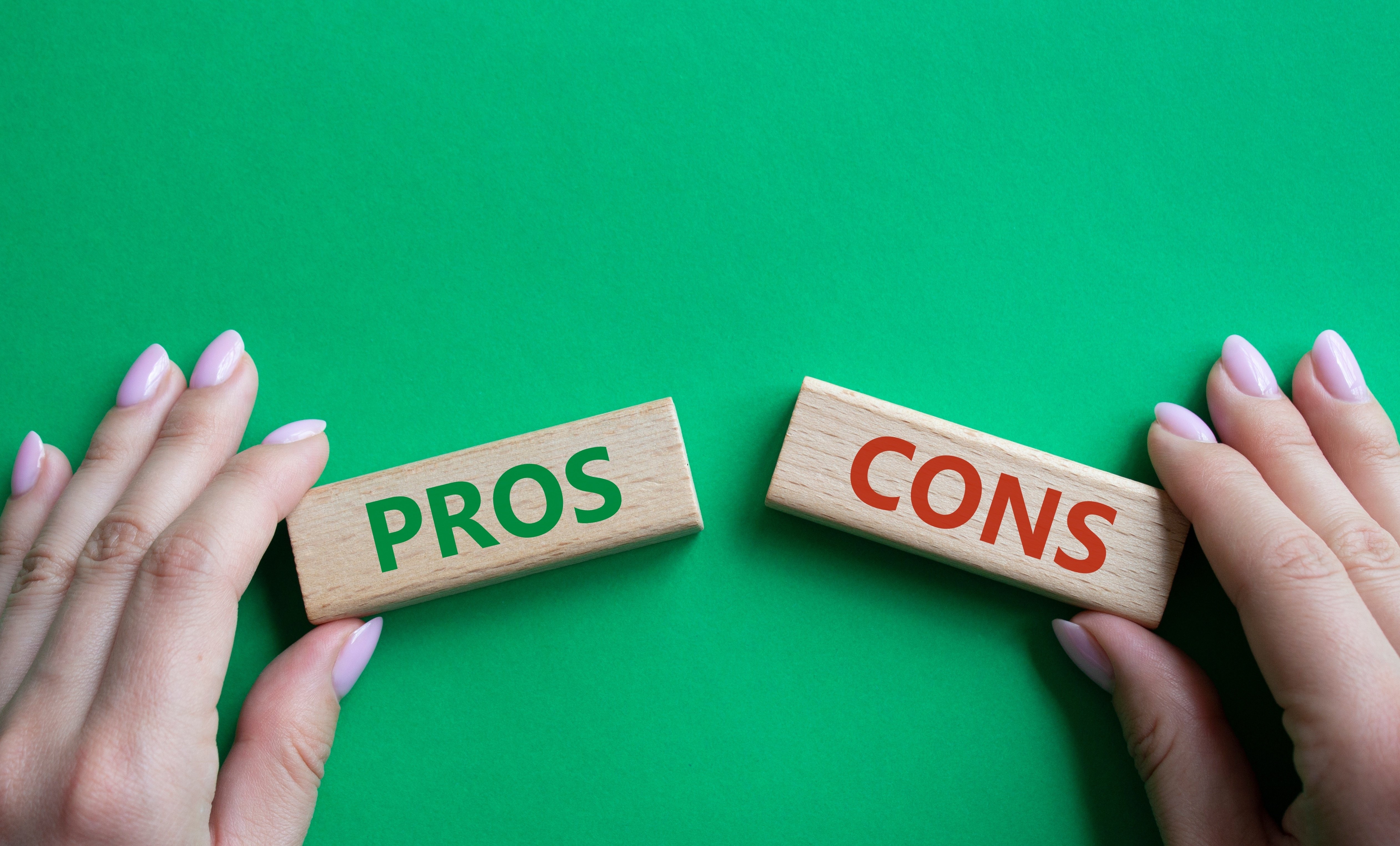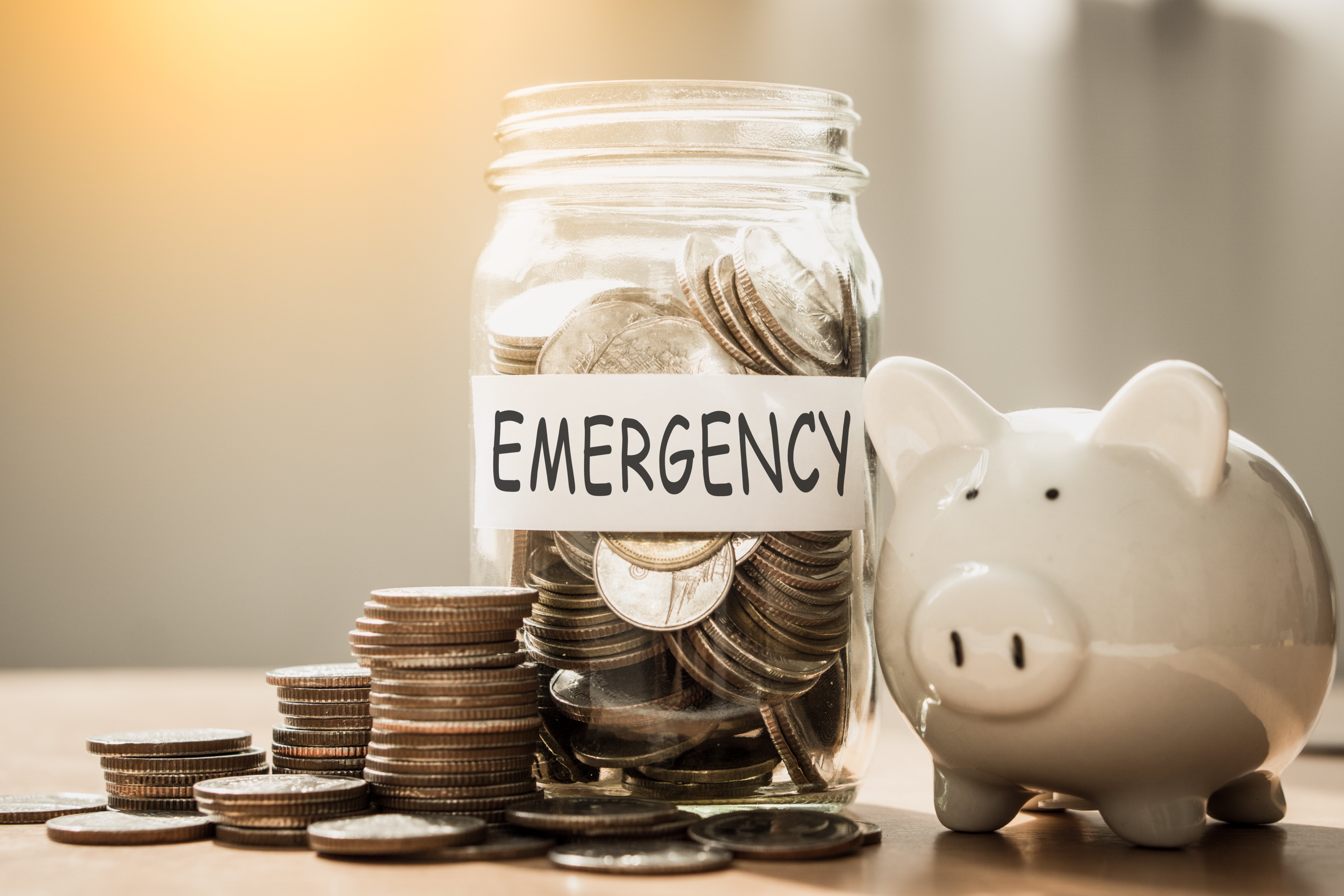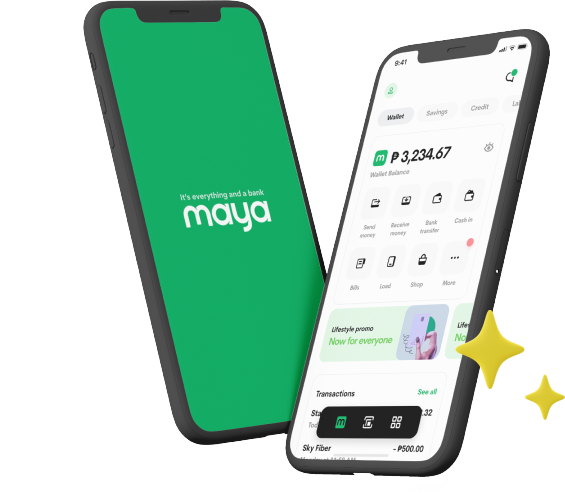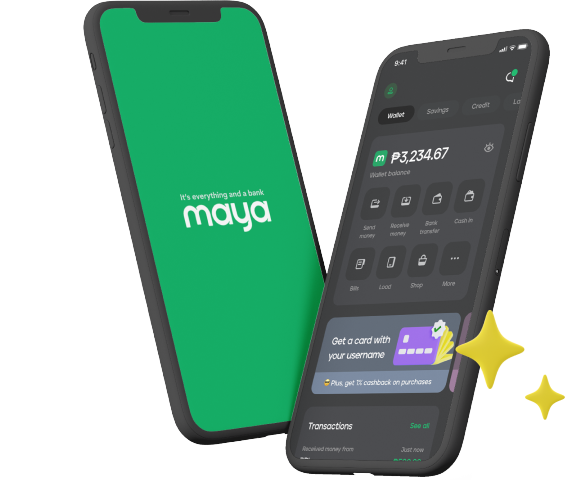
Online shopping has seen tremendous growth in the Philippines in recent years, partly thanks to the near-universal adoption of smartphones and the continued spread of broadband communications infrastructure. However, the biggest game-changer is, without a doubt, the remarkably high adoption of digital cash alternatives.
Credit cards, debit cards, and e-wallets have been around for years before the online shopping boom. However, lifestyle changes spurred by the pandemic-related lockdowns of the early 2020s have resulted in Filipinos using these payment methods more than ever before. Gone are the days when bank transfers and meetups for physical cash payments were the only options for everyday e-commerce.
Thanks to innovative fintech companies like Maya, Filipinos have even more ways to shop online. Options like the groundbreaking Maya Wallet and the Landers Cashback Everywhere Credit Card—one of the best cashback credit cards for online shopping—are just some of the most fantastic tools for purchasing goods and services over the Internet today.
Nevertheless, there’s a reason for the sheer diversity of payment options. Not only do individual digital wallets, credit cards, and debit cards have their own special features; as payment categories, each one is also suited for specific types of online buyers. Let’s explore the pros and cons of each payment method so that you can choose the best methods for your online shopping needs.
Credit Cards
Pros of Credit Cards
1. Rewards and Cashback
Some credit cards with cashback or rewards programs can effectively save you cash on online purchases. For example, the Landers Cashback Everywhere Credit Card by Maya is widely considered the best credit card for online shopping in the Philippines, thanks to its generous cashback on a wide variety of purchases. With this exclusive credit card, you can get up to 5% cashback at Landers stores, 2% on dining spending, and 1% on all other qualified transactions.* When used strategically, it can be used to save you money on almost all your online purchases.
2. Solid Purchase Protection
The basic structure of credit card transactions offers users serious protection against fraud since it is the issuer that bears most of the risk. Unlike physical cash or other options like e-wallets, you can easily dispute unauthorized charges, potentially avoiding financial losses.
3. Grace Periods
When you pay for purchases with debit cards or e-wallets, that cash is deducted from your account immediately. When you pay with a credit card, that cash remains in your savings or checking account until you pay your credit card bill. For the Landers Cashback Everywhere Credit Card, the due date is 20 days after your billing date, giving you significant flexibility in your payment.
Cons of Credit Cards
1. Interest Rates on Unpaid Bills
Credit card bills that are not paid can accrue interest or finance charges that can compound each period that the bill is unpaid. This makes credit cards less ideal if you’re not comfortable managing debts.
2. Risk of Overspending
The extended buying power offered by credit cards demands a high level of personal responsibility. Where buying with cash just loses you whatever money you spend, buying with a credit card can be risky as improper use can drive you into a debt spiral, but only if you use the card irresponsibly.
3. Application Requirements
Credit card approval processes can be stringent, typically requiring a good credit score and proof of income. Exclusive cards are also only available to individuals who have maintained long relationships with the issuer or have existing membership in a specific club.
Debit Cards
Pros of Debit Cards
1. Direct Expense Control
As the name suggests, debit card transactions are directly debited from your bank account, not credited to the issuer, as is the case with credit cards. Many users find that this makes it easier to manage their spending, as the charges are immediately reflected rather than showing up during the billing period.
2. No Interest Charges or Membership Fees
Unlike credit cards, there are no interest fees for using debit cards. There are no annual membership fees either, as is the case with many credit card offerings. This makes debit cards less costly overall, in many situations. Note that some credit cards like the Landers Cashback Everywhere Credit Card have waivable annual fees, making those cards good options if you want added savings.
3. Widely Accepted Internationally
Many debit cards are now supported by Visa or Mastercard, giving them the same level of online and international acceptance as popular credit cards. This allows users to enjoy the transparency and control of debit cards, wherever they shop.
Cons of Debit Cards
1. Limited Fraud Protection
Unlike with credit cards, fraudulent transactions on debit cards can directly impact your bank account. While recovering your account may still be possible, the process is likely going to be slow and tedious.
2. Typically No Cashback or Rewards
Most debit cards do not offer cashback or rewards, making them less worthwhile to use upfront than a credit card that provides these benefits.
3. Higher Risk of Account Freezes
Unauthorized transactions may lead to your account getting flagged automatically, limiting access to your funds. This can happen with credit cards and e-wallets as well, but this scenario is more common with debit cards that are linked directly to bank accounts, given the higher stakes.
E-Wallets
Pros of E-Wallets
1. Convenience
E-wallets like Maya are widely accepted in the Philippines by businesses and individuals alike. With just your phone, you can facilitate all kinds of in-person and online purchases without needing a physical card, greatly simplifying your buying experience.
2. Promotions and Discounts
Some e-wallets provide exclusive perks and promos, potentially making them a better choice than cash alone. Check out the latest Maya deals to learn more.
3. Top-Tier Security
E-wallets feature similar levels of security to credit cards, and transactions can be made even more secure by enabling features like two-factor authentication (2FA) and biometric verification on your app and phone.
Cons of E-Wallets
1. Potential Technical Issues
For an e-wallet transaction to go through, a stable internet connection and a functional device are necessary. If your phone’s hardware and software aren’t up to the task, you may face all kinds of user experience and security issues using this method.
2. Limited International Merchant Acceptance
While digital wallets have been largely adopted by Filipinos, they are not always accepted overseas, with many merchants unable to accept e-wallet payments from incompatible institutions.
3. Low Account Limits
E-wallets often have relatively low transaction and balance limits compared to most bank accounts and credit cards. While they may be sufficient for daily purchases, they may not always work for high-value purchases.
Which Online Payment Method Should You Choose?
At the end of the day, the ideal online payment method depends on your specific online purchase needs. If you’re a student or new to the workforce, a Maya Wallet might be all you need. However, as you grow your financial capacity, getting a high-performance credit card like the Landers Cashback Everywhere Credit Card may begin to make sense, especially if you want to buy household essentials and premium goods from the Landers website. In any case, assess what your real online shopping needs are and you should eventually end up with something that works for you.
If you do find that you need a credit card, why not get the best credit card for online shopping? Learn more about the Landers Cashback Everywhere Credit Card and apply for yours today via the Maya app.
*Transactions that don’t qualify include: cash in, cash advance, quasi cash purchases, casinos and gambling, fuel, supermarket, pharmaceuticals, utilities, telco, and government.
You might also like
These Stories on Maya Bank




